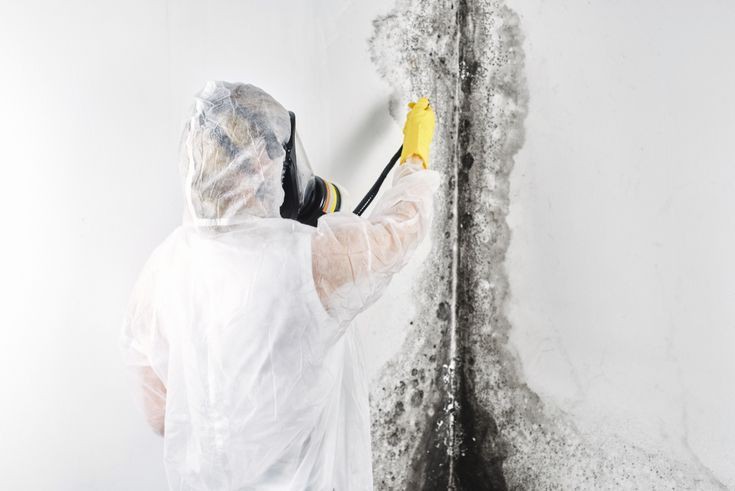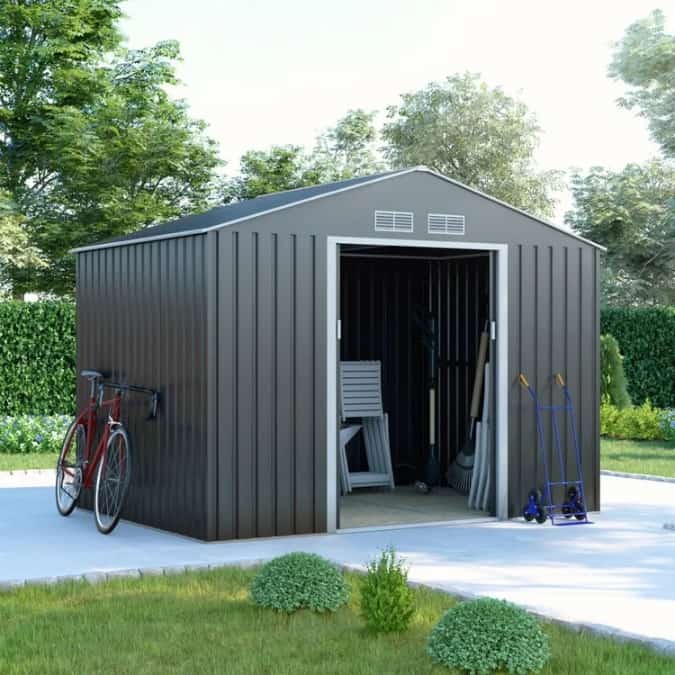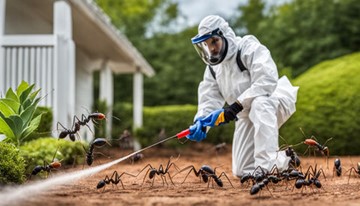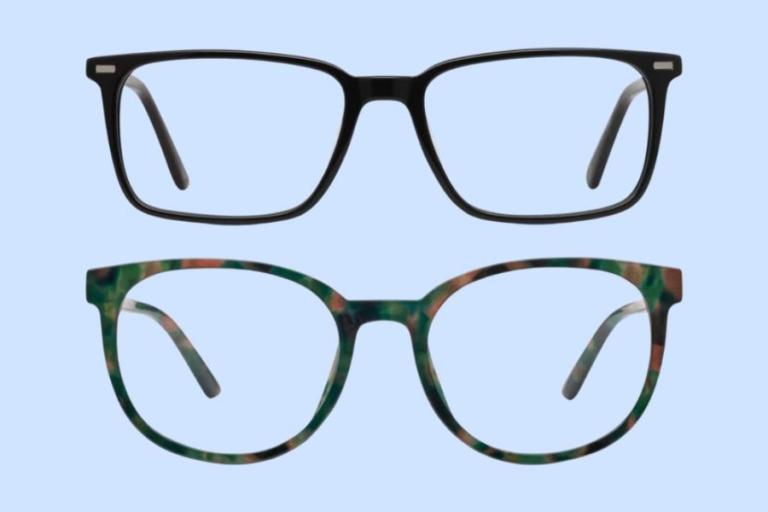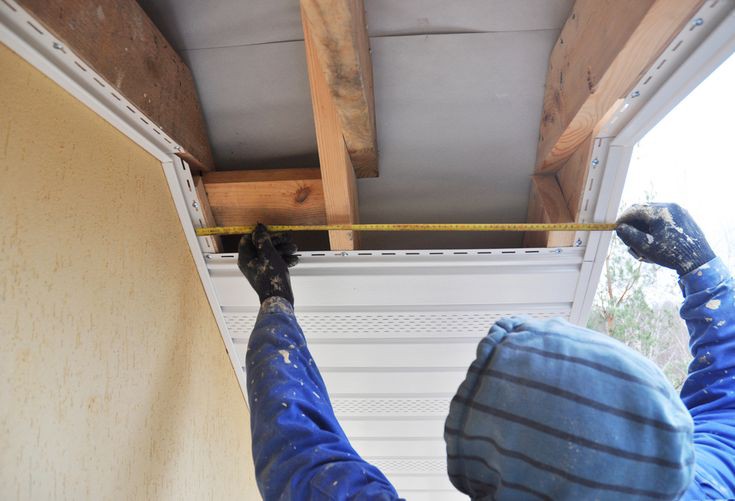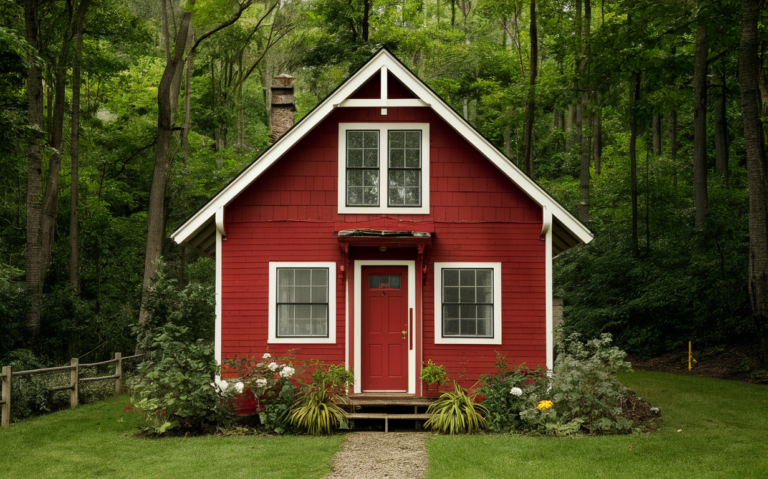Mold and Mildew Inspection: Tips for Prevention and Detection
Mold and mildew are common household issues that can pose health risks and cause property damage if left unchecked. Conducting regular inspections, implementing prevention strategies, and knowing effective detection methods are crucial for maintaining a healthy indoor environment. This article explores the importance of mold and mildew inspection, practical tips for prevention, methods for detection, interpreting findings, and steps for remediation if mold or mildew is discovered.
Understanding Mold and Mildew
Characteristics and Differences
Mold and mildew are types of fungi that thrive in damp, humid environments. Mold appears as fuzzy patches that can be green, black, or other colors, while mildew is typically white or gray and grows in flat patches. Both can cause respiratory issues, and allergies, and exacerbate asthma symptoms, making early detection and remediation essential.
Common Sources
Mold and mildew often grow on organic materials such as wood, paper, fabric, and drywall, particularly in areas with high moisture levels. Common sources include bathrooms, kitchens, basements, and areas affected by leaks, condensation, or inadequate ventilation.
Importance of Mold and Mildew Inspection
Health Risks
Regular inspection helps identify mold and mildew before they become widespread problems. Early detection allows for prompt remediation, reducing health risks associated with exposure to mold spores and mycotoxins.
Property Damage Prevention
Inspections prevent structural damage caused by mold and mildew, such as deterioration of building materials, staining, and unpleasant odors. Timely detection and remediation also help maintain property value and prevent costly repairs.
Tips for Prevention
Control Moisture Levels
Ventilation: Ensure proper ventilation in bathrooms, kitchens, and other humid areas to reduce moisture buildup.
Dehumidification: Use dehumidifiers in damp spaces to maintain humidity levels below 60%.
Leaks: Promptly repair leaks in roofs, plumbing, or appliances to prevent water accumulation.
Regular Cleaning and Maintenance
Cleaning: Regularly clean and dry surfaces prone to mold and mildew growth, such as shower curtains, window sills, and bathroom tiles.
Sealants: Apply mold-resistant sealants to grout lines and caulking in bathrooms and kitchens to prevent moisture penetration.
Monitor Indoor Humidity
Hygrometer: Use a hygrometer to monitor indoor humidity levels and take action if levels exceed recommended thresholds.
Methods for Detection
Visual Inspection
Identify Signs: Look for visible signs of mold and mildew, such as discoloration, water stains, or musty odors in affected areas.
Check Hidden Spaces: Inspect behind furniture, in crawl spaces, and under sinks for hidden mold growth.
Moisture Detection
Tools: Use moisture meters or thermal imaging cameras to detect hidden moisture sources that promote mold and mildew growth.
Focus Areas: Pay attention to areas prone to leaks, condensation, or poor ventilation.
Air and Surface Sampling
Air Sampling: Collect air samples using air pumps or passive samplers to measure airborne mold spore concentrations and assess indoor air quality.
Surface Sampling: Use swabs or tape lifts to collect samples from suspected mold-infested surfaces for laboratory analysis to confirm mold presence and identify species.
Interpreting Findings
Understanding Reports
Laboratory Analysis: Interpret laboratory reports to understand mold species identified, spore levels, and potential health risks associated with exposure.
Health Considerations: Evaluate elevated spore counts or specific mold species known to cause health issues, guiding remediation strategies.
Steps for Remediation
Professional Remediation Services
Certified Experts: Hire certified mold remediation professionals to safely remove mold and mildew and prevent recurrence.
Containment: Use containment measures, such as plastic sheeting and negative air pressure, to prevent mold spores from spreading during remediation.
Cleaning: Clean affected surfaces with EPA-approved fungicides and ensure thorough drying to eliminate mold and mildew.
Preventive Measures
Address Moisture Issues: Resolve underlying moisture problems to prevent future mold and mildew growth.
Maintenance: Implement regular inspections and maintenance to monitor for signs of mold and mildew and take preventive actions.
Conclusion
Simons Mold and mildew inspection is essential for maintaining a healthy indoor environment and preventing property damage. By understanding the importance of inspection, implementing prevention tips, using effective detection methods, interpreting findings, and taking steps for remediation, homeowners can effectively manage mold and mildew issues. Investing in regular inspections, proactive maintenance, and professional remediation services ensures a safe and mold-free living environment. Early detection and prompt remediation mitigate health risks associated with mold and mildew exposure, protect property integrity, and promote overall well-being for residents and occupants.
Keep an eye for more news & updates on Francisco Tribune.
